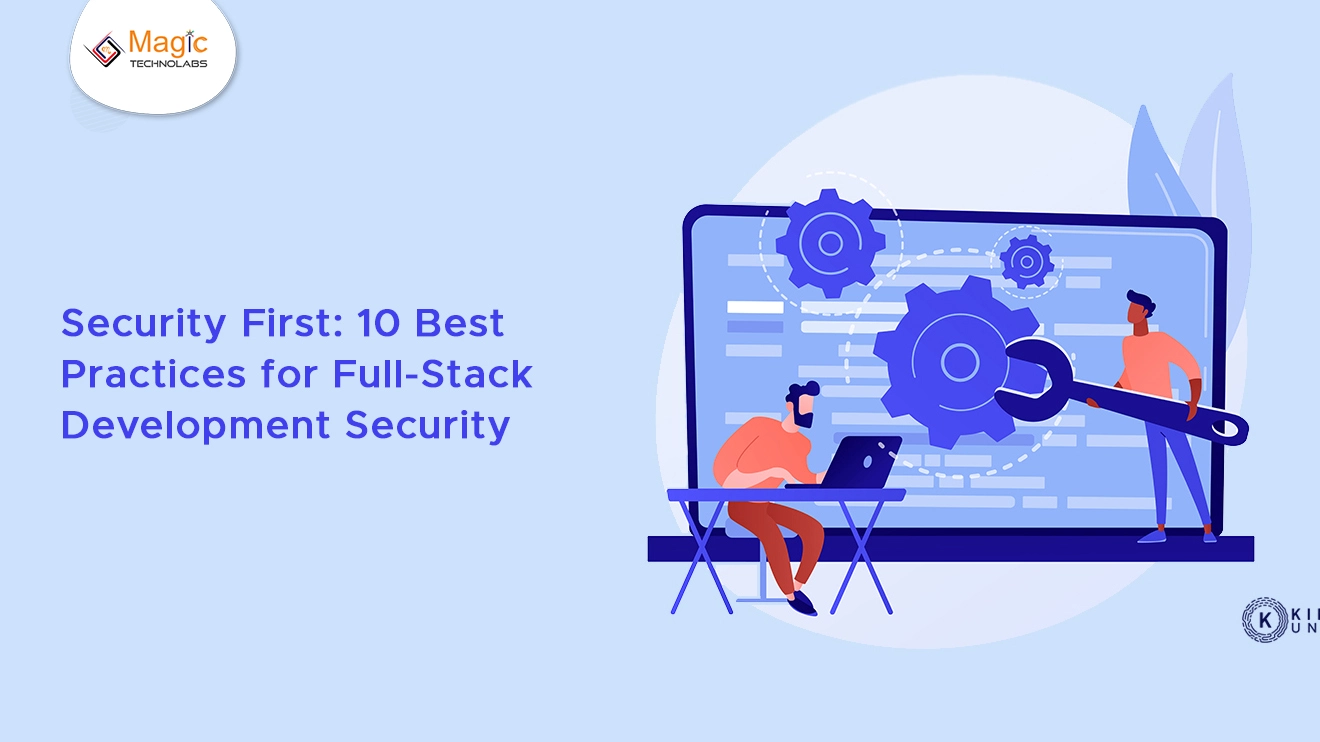In the dynamic landscape of full-stack development, where innovation thrives, prioritizing security is paramount. Implementing robust security measures ensures the protection of applications and sensitive data. Here are ten best practices to fortify your full-stack development security.
1. Data Encryption
Implement end-to-end encryption to safeguard sensitive data at rest and in transit. Encryption ensures that even if unauthorized access occurs, the intercepted data remains unreadable.
2. Input Validation
Thoroughly validate user inputs to prevent common security threats like SQL injection and cross-site scripting (XSS). Input validation ensures that only legitimate and expected data is processed.
3. Authentication and Authorization
Adopt secure authentication methods, such as multi-factor authentication (MFA), and establish robust authorization protocols. Properly verifying and authorizing users guarantees that only authorized individuals access sensitive functionalities.
4. Regular Security Audits
Conduct routine security audits to identify vulnerabilities and address them promptly. Regular assessments help in staying ahead of potential threats and fortifying the overall security posture.
5. Secure Configuration
Ensure that server configurations, frameworks, and libraries follow security best practices. A secure configuration minimizes potential attack vectors and strengthens the overall security of your full-stack application.
6. Patch Management
Keep all software components up-to-date with the latest security patches. Regularly updating frameworks, libraries, and dependencies mitigates the risk of exploitation through known vulnerabilities.
7. Logging and Monitoring
Implement comprehensive logging and monitoring mechanisms. Real-time monitoring alerts developers to suspicious activities, enabling swift responses to potential security incidents.
8. Secure APIs
If your full-stack application relies on APIs, secure them rigorously. Use API keys, enforce proper authentication, and validate incoming data to prevent unauthorized access and data breaches.
9. Dependency Scanning
Regularly scan and assess third-party dependencies for security vulnerabilities. Managing and updating dependencies ensure that your application remains shielded against potential exploits.
10. Security Training
Educate your development team about the latest security threats and best practices. Building a security-aware culture among developers enhances their ability to write secure code from the outset.
By integrating these ten best practices into your full-stack development lifecycle, you establish a robust security foundation, ensuring that your applications are resilient against a wide range of potential threats. Security-first development not only protects your data and users but also fosters trust in your digital solutions.
















